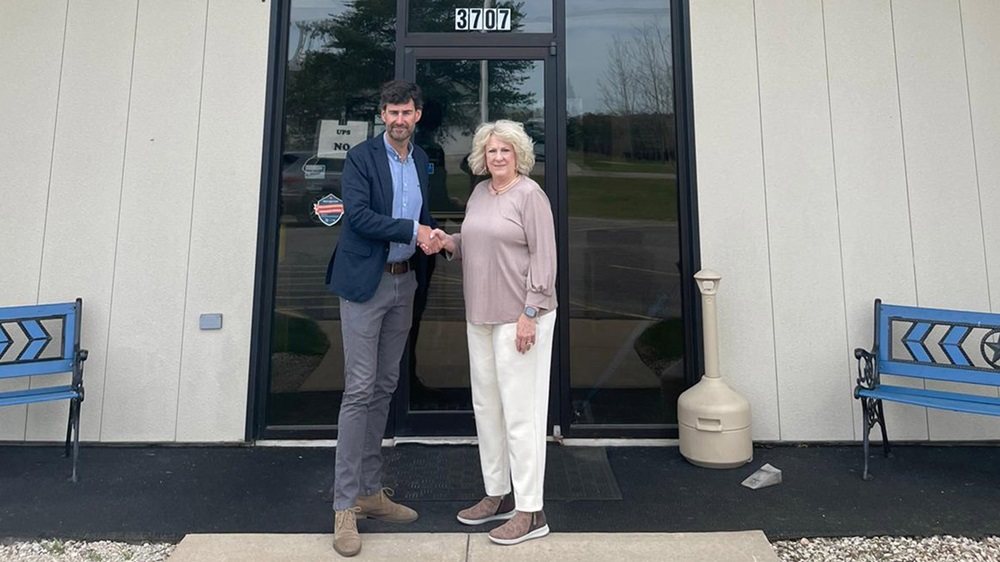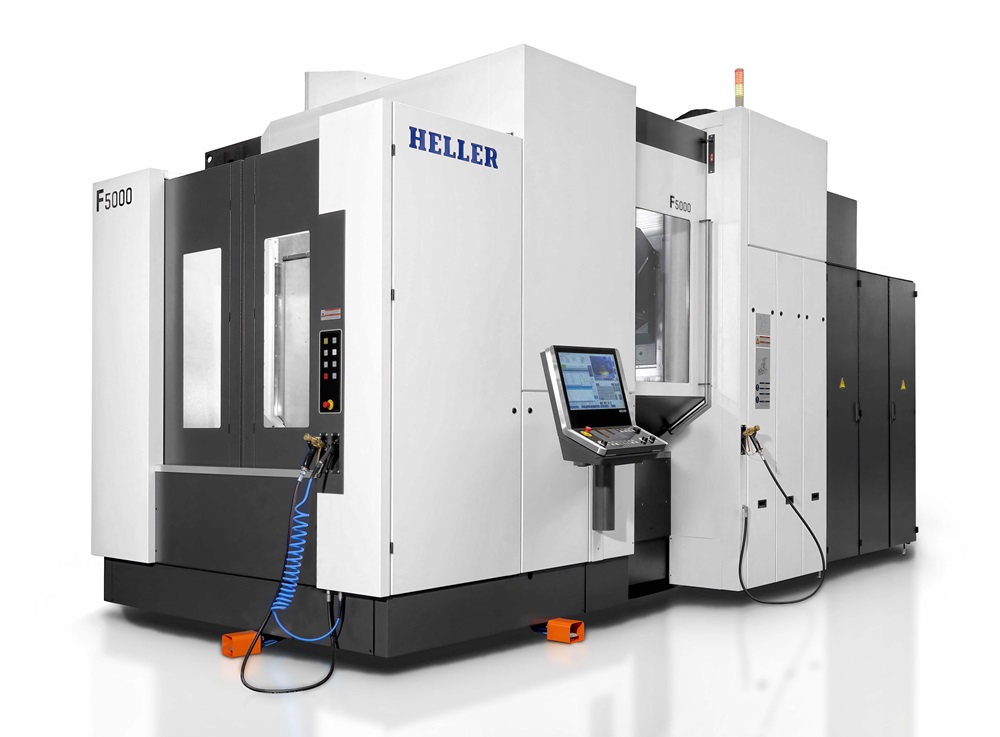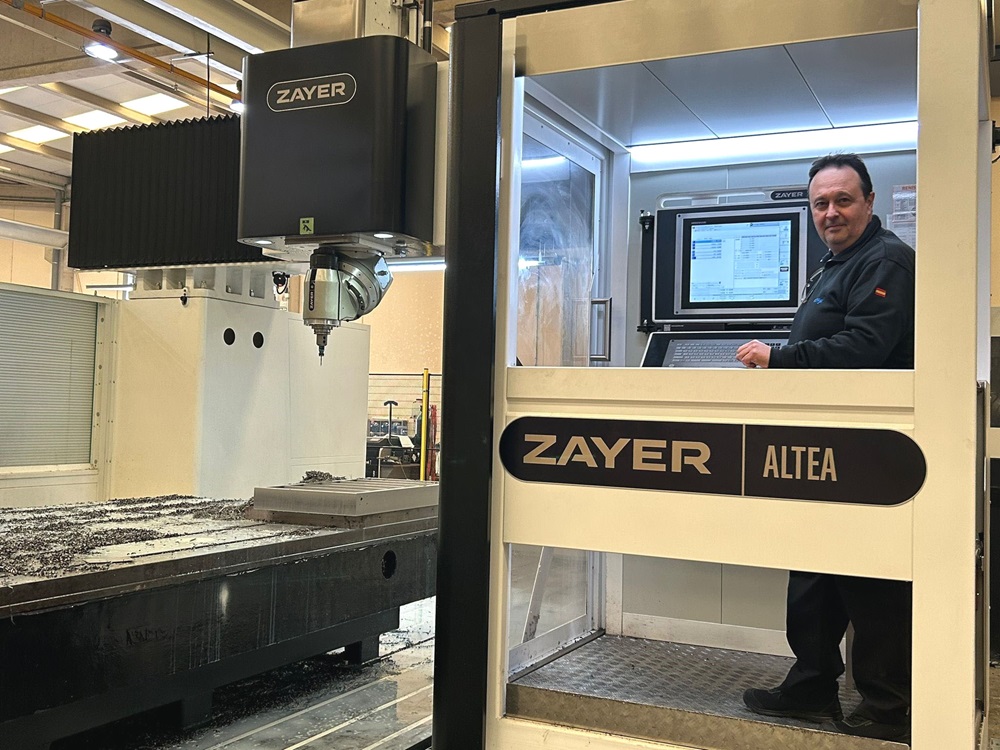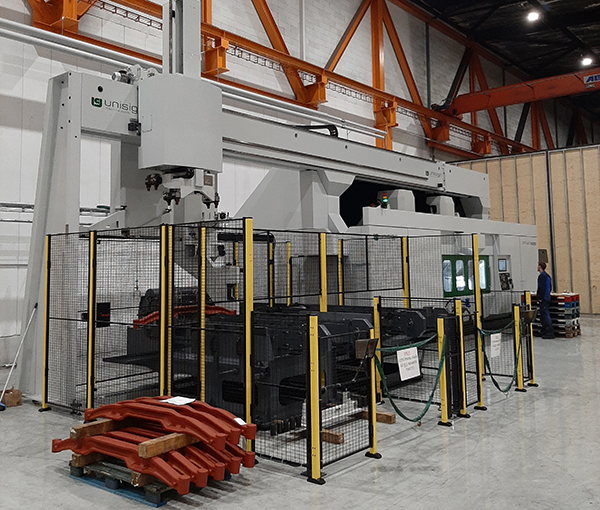Vertical turning lathe (VTL) manufacturer Danobat is strengthening its position in the North American rail market with the acquisition of US-based company Delta Wheel Truing Solutions. Signing the agreement at Delta’s headquarters in Escanaba, Michigan, Danobat continues to make its way in the United States. Danobat entered the US market in 1982. The company has a technical centre in Chicago focused on the development of solutions for processes such as hard turning.
“This acquisition is an important boost that will position us as one of the benchmark players in the North American rail sector, bringing competition for in-situ wheel profiling maintenance that has been lacking in North America,” says Oskar Uria, director of the Railway Business Unit at Danobat. “Delta’s expertise and know-how will be a strategic support for Danobat to grow in such a demanding market.”
The main objective of this approach is to get closer to the US market, offering products tailored to the specific needs of customers in the North American railway sector. In addition, the Escanaba plant will provide direct services, ensuring a close and agile service to customers.
Delta has a team of people with extensive experience in the design and manufacture of rail wheel re-profiling equipment. In addition, it holds several patents on different systems, offering unique solutions to the market. The manufacturing capacity in the US, its products and customer base are key elements for future joint development with Danobat.
Danobat has recently inaugurated a new 130,000 sq ft plant with increased manufacturing capacity at its Elgoibar manufacturing complex in northern Spain. The acquisition of Delta adds to its strategic investments for the coming years.
More information www.danobatgroup.com



















